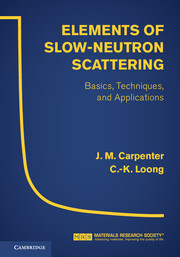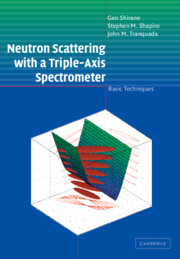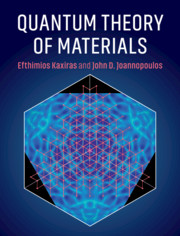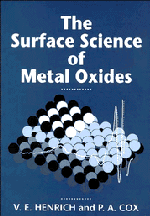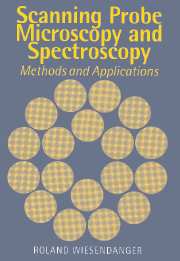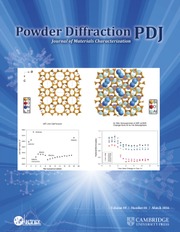Elements of Slow-Neutron Scattering
Providing a comprehensive and up-to-date introduction to the theory and applications of slow-neutron scattering, this detailed book equips readers with the fundamental principles of neutron studies, including the background and evolving development of neutron sources, facility design, neutron scattering instrumentation and techniques, and applications in materials phenomena. Drawing on the authors' extensive experience in this field, this text explores the implications of slow-neutron research in greater depth and breadth than ever before in an accessible yet rigorous manner suitable for both students and researchers in the fields of physics, biology, and materials engineering. Through pedagogical examples and in-depth discussion, readers will be able to grasp the full scope of the field of neutron scattering, from theoretical background through to practical, scientific applications.
- An in-depth text that can be used as a textbook or reference by students, professors and practitioners
- Contains the authors' combined ninety years of experience in this field at some of the most prestigious laboratories in the world
- Covers both theoretical concepts and practical applications of slow-neutron scattering
Product details
October 2015Hardback
9780521857819
536 pages
253 × 182 × 27 mm
1.2kg
197 b/w illus. 11 tables
Available
Table of Contents
- Introduction
- 1. About neutrons
- 2. Neutron production, moderation, characterization of sources
- 3. Scattering theory: nuclear
- 4. Scattering theory: magnetic
- 5. Neutron scattering instruments: diffractometers and reflectometers
- 6. Neutron scattering instruments: spectrometers
- 7. Devices
- 8. Detectors
- 9. Nuclear scattering: crystal structures
- 10. Nuclear scattering: lattice dynamics
- 11. Nuclear scattering: chemical spectroscopy
- 12. Magnetic scattering: structures
- 13. Magnetic scattering: excitations
- 14. Disordered and large structures.

